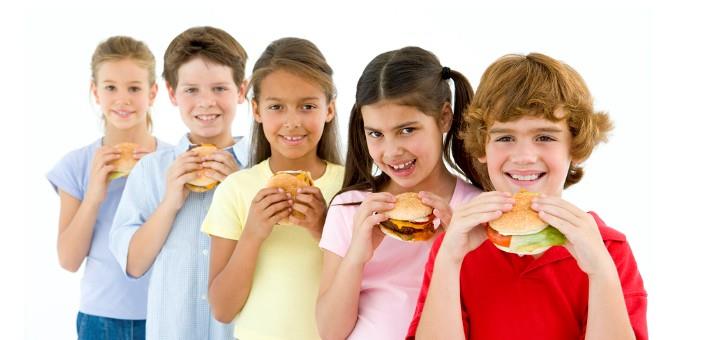
Kids Prefer Eating Food Products That Make Them Look Cool at School
The number of children who are overweight or obese is still rising. Health organizations try to stop this growth, mostly by increasing children’s and parents’ nutritional knowledge. However, a Psychology and Marketing study showed that food selection and consumption is strongly reinforced by food advertising, social status, and peer pressure, rather than by accessible nutritional knowledge. Advertising seems to be a powerful tool to assign status to certain products.
Take aways
- Food advertising influences children’s’ food consumption in school by assigning status to certain advertised products.
- Eating the same food as peers, especially the products advertised as hip and cool, function as important contributors to children’s feeling of ‘fitting in’.
- Because parents are afraid of risking their children’s social status, they tend to give in and let their kids have the same food as their peers.
- Interventions that focus primarily on increasing nutritional knowledge may not be effective in stimulating children’s healthy food choices.
- Instead, efforts should be made to look more critically at commercials that promote unhealthy food by implementing social and emotion appeals, for instance commercials that show popular children enjoying the rewards of unhealthy food.
- In addition, these insights can als be used for social marketing interventions, designing commercials that show popular children enjoying the rewards of healthy food.
Study information
The question?
What determines children’s and their parents’ food choices?
Who?
124 children aged 6-12 years (50 boys, 74 girls; 89 from two-parent families, and 35 from one-parent families) and 39 of their parents (mostly mothers) from three junior schools (a lower, middle and higher socioeconomic school)
Where?
Perth, Western Australia
How?
The study consisted out of two qualitative research methods: (1) observations, and (2) interviews/group discussions with children and parents. Observations were carried out at recess or during lunch. First the older children (8-12 years) were asked to draw two pictures (one lonely child at recess, and one popular child at recess), in order to examine the idea whether ‘popular’ food is important for children to fit in. The younger children (6-7 years) were asked to talk about their lunchboxes, with questions like how they felt about the food they were going to eat. After the drawing and lunchbox checks, interviews and discussion groups were conducted. Separate discussion groups with parents were organized as well.
Facts and findings
- The social (i.e., social pressure) and commercial media (i.e., food advertising) environment (i.e., social pressure) plays an indispensable role in determining children’s and parents’ food choices. Food advertising influenced children’s’ food consumption by assigning status to certain advertised products. Most commercials implement social and emotional appeals, such as being cool and hip. Resistance to those commercials appeared to be difficult for parents and children, because buying or eating the advertised product is so heavily associated with ‘fitting in’.
- This ‘fitting in’ seemed to be one of the most important reinforcements for children to eat certain food products.
- Drawings of the children referenced popular kids eating ‘popular food’, such as snacks and soft drinks, mostly heavily advertised for or bought at the school canteen. Lonely kids were drawn as kids eating healthy stuff out of their lunch boxes, such as vegetables and fruit.
- Interestingly, for girls the idea of popular food changed when they grew older. By the age of 12, girls felt an increasing pressure to be thin, therefore they began to see food with minimal calories, such as salads, as popular.
- The sooner children began to feel social pressure at school, the more parents felt like their children’s diets changed into a less healthier one.
- Because most parents did not want to risk their children’s social status, they mostly let their kids have the same food as their friends.
- Parents also contributed to their children’s (unhealthy) diet by feelings of guilt, a form of the so-called ‘compensatory consumption’, where parents feed their children to compensate limited time spent together.